Skyfire works by having a proxy server sit between your browsing and the Internet. When you load a web page you send a request to Skyfire servers. Skyfire uses their proprietary technology, part of which is built on top of Mozilla's Firefox, to load the requested page and then sends it to your phone in a compressed Skyfire format. The Skyfire client running on the phone interprets this format and shows you the web page. A crucial extra compared to other proxy based browsers (e.g. Opera Mini) is the ability to fully interact with a page (e.g. AJAX functions, as used by many Web 2.0 sites).
Skyfire's technology works by running a heavily customised version of Firefox on the Skyfire server which does your browsing for you. Once it has accessed a page, the Skyfire server sends a version of the page to the Skyfire application running on your phone. The server does most of the hard (and resource intensive) work, leaving your phone to do basic rendering, which makes for faster browsing. And because the browser copy running on the server is on a PC it is able to handle almost any web page including those that use technologies like Flash, Java, Quicktime or AJAX. These are areas where traditional mobile browsers are weak. Moreover, the pages will look the same as they do on a PC because effectively you are using a PC browser.
Skyfire first provides an overview of the page you are viewing. You can then choose which area to zoom in on and from there you are able to scroll around the page as you would in any other browser.
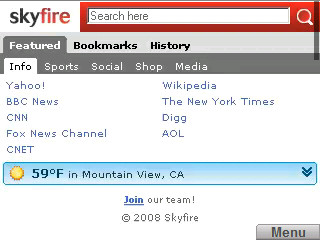

Skyfire's home page gives you access to popular web sites.
Shown above is an example of how the BBC News home page looks in SkyFire.


You 'zoom in' to read the detail of the page.
Skyfire's approach has advantages and disadvantages. For example, you will not be redirected to a mobile version of the page (e.g. BBC, Facebook) so you should get access to full page content and functions. However pages designed specifically for viewing in mobile browsers do not work well with Skyfire (just as they dont usually work well in a PC browser). This means you'll most likely use Skyfire in conjunction with your existing mobile browser. Physical screen size remains a serious limitation; you have to spend a lot of time scrolling around pages, although Skyfire does provide a 'fit-to-screen' option, to minimise horizontal scrolling.
In practise I found Skyfire to be a little rough around the edges, particularly in terms of usability. However the technology does demonstrate an enormous amount of potential and, to be fair, the current version is an early beta.
The crucial point is that it allows access to web content which was previously inaccessible from a mobile device and this is an impressive achievement. It also provides a more PC-like experience than most mobile Browsers.
Skyfire will be free for the end user and a first formal release should occur later this year.
Instant access to Skyfire Beta
We've got a 100 instant access beta invitations to give away. Please note instant access is only available for USA based readers.
For those living in the USA only: Please visit this page and enter the code 'AAS100' for instant access to beta. You must enter the code or you will go on the beta waiting list.
Video of Skyfire in action
Further screenshots
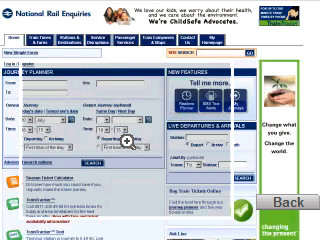

Skyfire's zoom in function has an adjustable size (1 and 3 as keyboard shortcuts),
letting you control how much of the page you see when you zoom in.
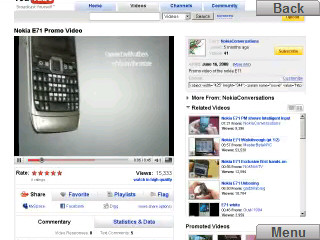
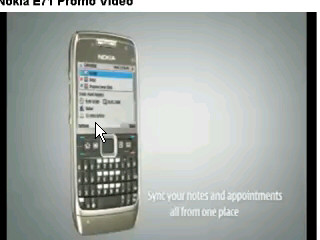
This is useful when watching video, as shown here on YouTube, as you can set the
zoom in size to be the same as the video viewing portal.
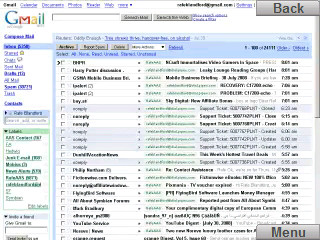
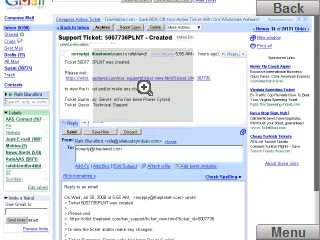
Skyfire is also able to handle AJAX-based web applications such as Gmail, shown above.
